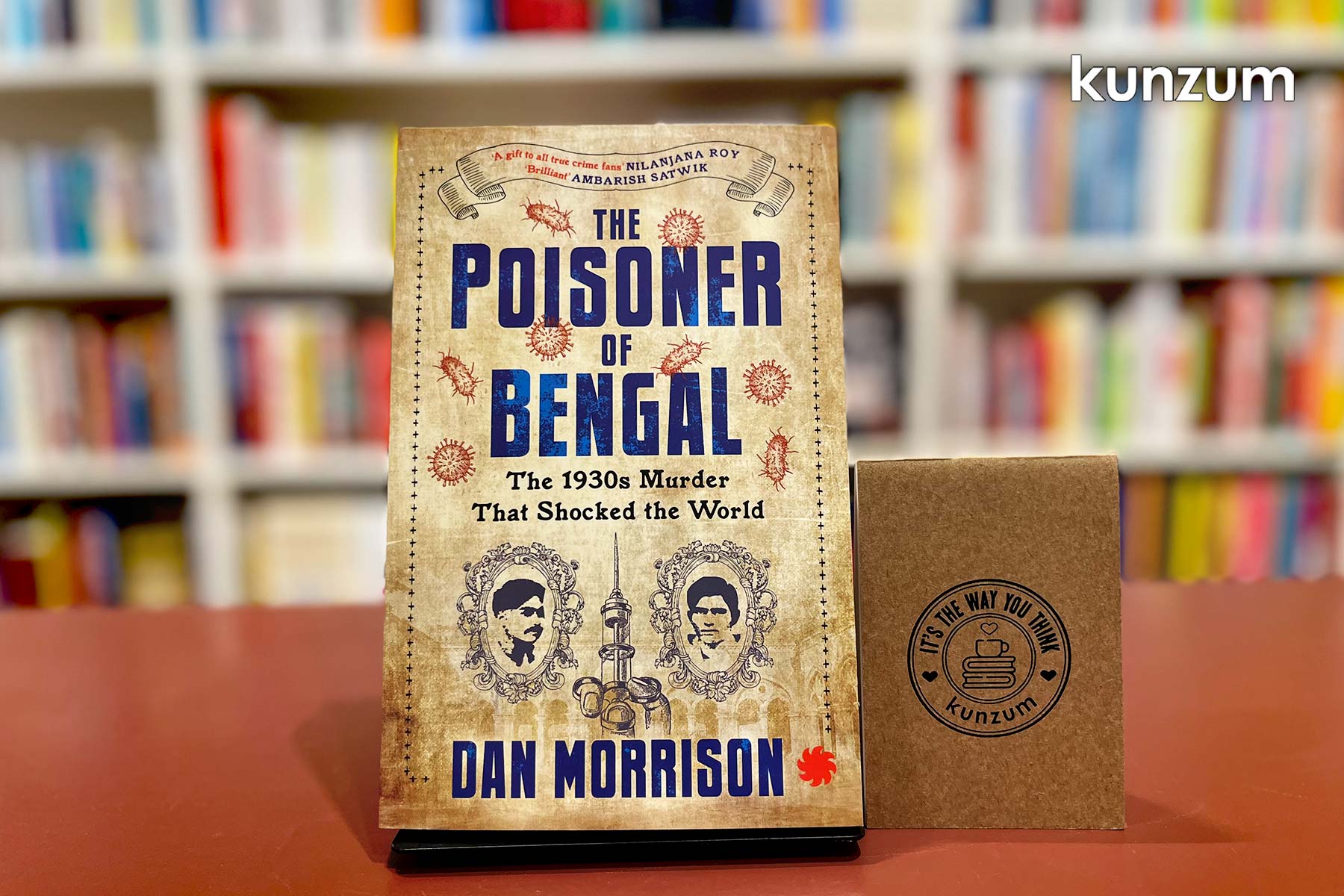
February 1934. British India. Calcutta—until recently the seat of government for the vast empire stretching from the plains of Afghanistan to the Burma frontier—is scandalized by news of a sensational murder so diabolical in planning and so cold in execution that it made headlines from London to Sydney to New York and sent shockwaves across the British Raj. This is the story of Amarendra Chandra Pandey—the young scion of a storied zamindar dynasty and heir to half of the once prosperous Pakur Raj estate—and how he was murdered by his rebellious, womanizing, hard-partying older half-brother Benoyendra Chandra Pandey—the Raja of Pakur and heir to the other half—using a murder weapon straight out of a Sherlock Holmes mystery (quite literally!).
Now, 90 years later, working his way through archives and libraries on three continents, Dan Morrison digs deep into trial records, police files, witness testimonies, and newspaper clippings to investigate what he calls “the oldest of crimes, fratricide, executed with utterly modern means” in his latest book ‘The Poisoner of Bengal: The 1930s Murder That Shocked the World.’
The Poisoner of Bengal begins on a fateful Wednesday, the 29th of November 1933, in Howrah—then the busiest railway station in British India—where Amarendra, on his way to Pakur was pricked in the arm by a “short, muscular stranger (…) wearing traditional homespun cotton.” Within days, the pinprick would develop an infection, and seven and a half days after he was pricked, before the break of dawn on Monday, the 4th of December 1933, Amarendra, then 22, would die in his aunt Surjabati’s rental home on Jatin Das Road in Calcutta. In the months that followed, the whos-who of Calcutta’s medical fraternity and ‘bhadralok’ society of the time would become embroiled in the “longest criminal trial in the history of British India.” Newspapers would cover every little detail of the case in a media frenzy.
“The Pakur trial was front-page news around the world,” Morrison writes, “producing hundreds of articles in the US alone, where the Indian germ murder shared space on Page One with the sidewalk execution of the notorious bank robber John Dillinger.” Morrison does a stellar job of presenting the case in all its Raj-era charm, grandeur, debauchery, and sensationalism, drawing from archival letters, telegrams, witness testimonies, and court records, and in doing so captures, in vivid detail, a portrait of 1930s Calcutta—the city and her high society—in the lead up to the much-awaited Independence of India. But even at its rip-roaring best, The Poisoner of Bengal fails to escape the pitfalls of the true crime genre. Sometimes, it follows the true crime formula to the T at the expense of narrative tension. Sometimes, the overabundance of legal minutiae and tangential details about the history of the plague epidemic in India slow down the narrative and one wishes it wasn’t so. And at others, in trying to make the story of this startling murder an entertaining read, Morrison resorts to an orientalist gaze that may belong to the time period of his subject matter, but feels anachronistic at best in 2024. Still, there’s more than enough meat to this tell-tale story of sibling rivalry, unbridled zamindari greed, and cold-blooded murder for fans of the true crime genre, and at its tight 200-odd pages, The Poisoner of Bengal makes for an engaging read, if only for one afternoon.
Pick up Dan Morrison’s The Poisoner of Bengal from any Kunzum store or WhatsApp +91.8800200280 to order. Buy the book(s) and the coffee’s on us.

